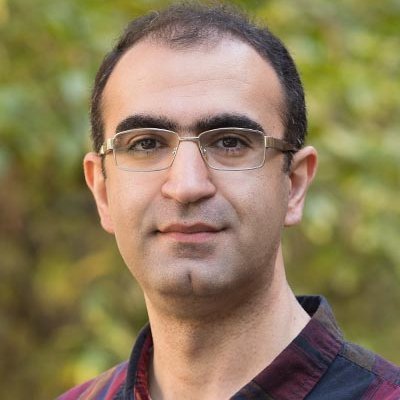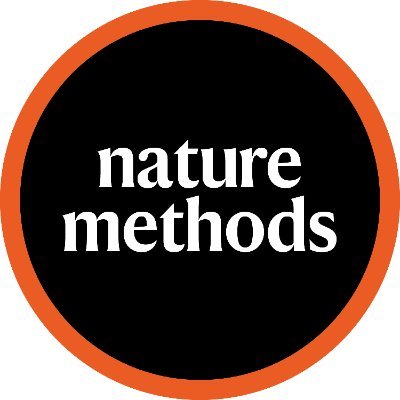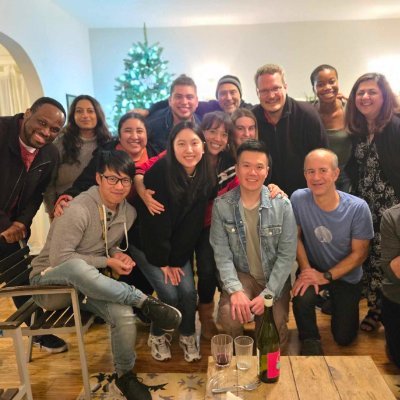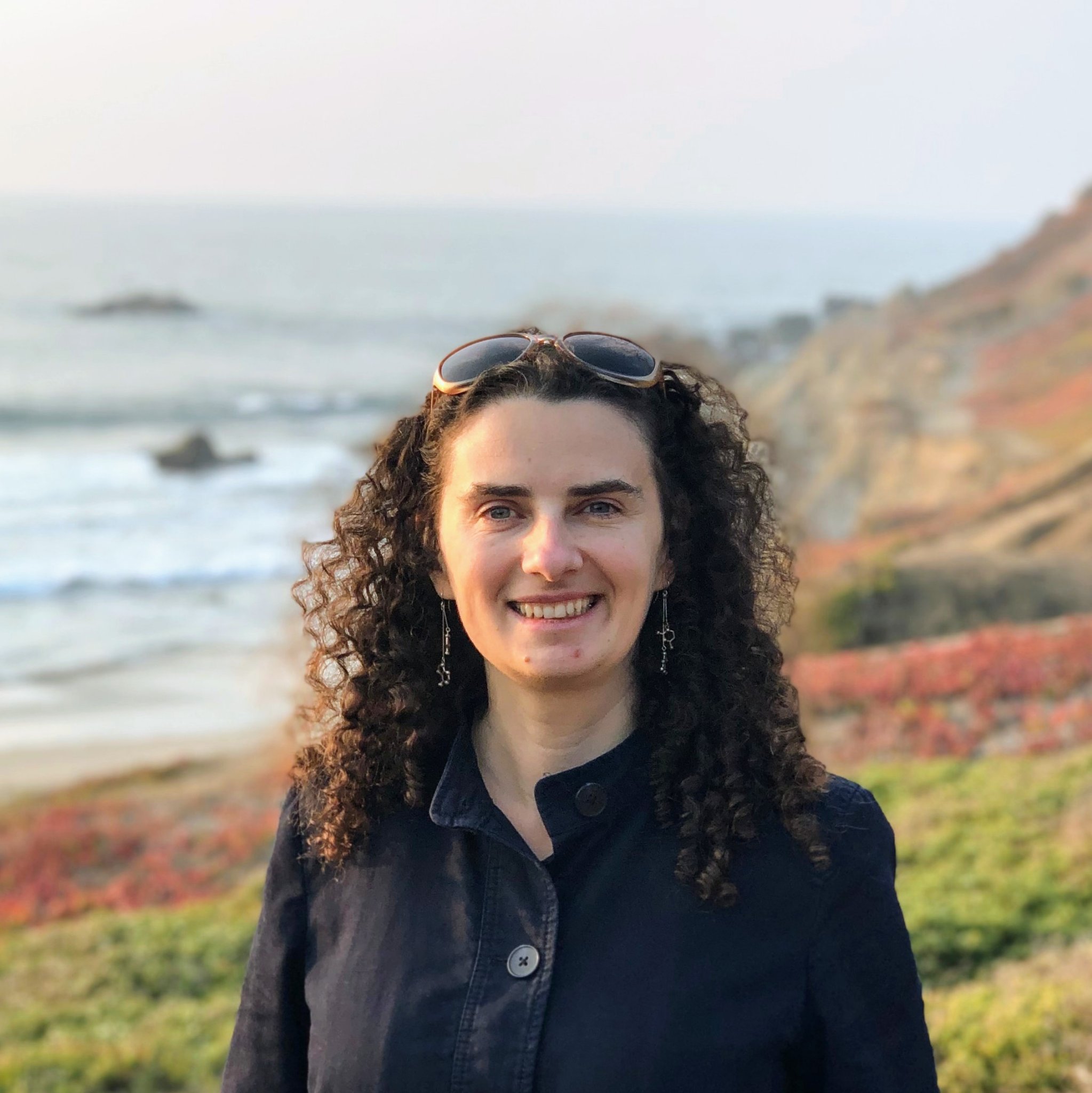
Amjad Askary
@AskaryLab
Followers
914
Following
1K
Media
20
Statuses
560
Assistant Professor @UCLA | Interested in using synthetic biology to better understand development and control cell fate | Views and opinions change over time
Los Angeles, CA
Joined October 2015
Spatial MOtif REcognition (SMORE) is now peer-reviewed and out at @GenomeBiology Updates include analysis of sequencing-based spatial transcriptomics (Slide-Seq) and a whole brain dataset with ~4 million cells, showing versatility and scalability of SMORE.
genomebiology.biomedcentral.com
Deciphering the link between tissue architecture and function requires methods to identify and interpret patterns in spatial arrangement of cells. We present SMORE, an approach to detect patterns in...
Have you used spatial genomics to map cell types in your favorite tissue? Are you interested in finding patterns in your results? We’ve developed a method just for you. The first paper from our lab is now on bioRxiv! https://t.co/uljZZM7Dfb
1
9
24
1/14 On behalf of the amazing team in @JswLab, we’re excited to share PEtracer ( https://t.co/QTyBahCCLS) a prime editing-based evolving lineage recorder compatible with both scRNA-seq and high-resolution imaging readouts in intact tissue. By applying PEtracer in a syngeneic mouse
biorxiv.org
Charting the spatiotemporal dynamics of cell fate determination in development and disease is a long-standing objective in biology. Here we present the design, development, and extensive validation...
3
57
195
@arjunrajlab @adamlmaclean Kai Hoa from Amjad Askary's lab @AskaryLab on recording signaling histories in single cells via INSCRIBE Check out their bioRxiv: https://t.co/I5btB19FLW
#SysBioSC2025
1
3
4
Spatial proteomics is here, but spatial functional proteomics? Here is our Nature BME paper on spatial protein interactomics ( https://t.co/xGZ6DUQTWh) illuminating how 47 proteins co-localize/ interact within 20 nm and their function in tissues. @naturemethods @rita_strack
nature.com
Nature Biomedical Engineering - Leveraging proximity ligation assays for the multiplexed profiling of protein–protein interactions enable the study of their subcellular co-localization and of...
The wait is over!! We are thrilled to announce that we have chosen Spatial Proteomics as 2024’s Method of the Year! 🥳 For more on Spatial Proteomics and a road map to this special issue, please see this month’s Editorial or read on in this thread. https://t.co/phXooJzJda
3
52
302
So we beat on. Gene/cell therapies often use proteins that could be recognized/rejected as non-self by our immune system. We combine algorithms to build proteins that are therapeutically relevant and can masquerade as our own parts
10
52
271
Nice article in Scientific American about our work on outer ear evolution and a complimentary study from the lab of Maksim Plikus on role of unique lipids in mammalian ear cartilage. @MathiThiru95 @USCStemCell @KECKSchool_USC
https://t.co/ugFmdQXH5v
scientificamerican.com
The genes that build the cartilage of fish gills were repurposed to build the cartilage in mammals’ outer ears
0
11
48
How does one (signaling) arm know what the other is doing in the cell? Through a network of bHLH transcription factors obviously! Our work showing how neural stem cells integrate signals to coordinate a fate response is now out:
cell.com
Nandagopal et al. show how a network of bHLH transcription factors helps neural stem cells integrate BMP and LIF signaling to synergistically induce the astrocyte gene GFAP while suppressing factors...
2
14
49
A month ago we @vevo_ai announced that we have generated the largest single-cell perturbation atlas in history, Tahoe-100M. Today, we announce that we will fully open-source Tahoe-100M in Feb, as part of a collaboration with @NVIDIAHealth to train cell state models.
3
52
368
Special congratulations to @SamadiZain who developed a simple idea into a powerful algorithm.
0
1
1
A dream come true: in 2004 I started thinking about counting microstates to predict gene expression with @JKondev Rob Phillips @HernanGGarcia. 20 years later we can measure them: https://t.co/fz6kKAsdpD Thank you @WJGreenleaf @bgrdoughty @MichaelaThinks Julia and all co-authors!
nature.com
Nature - A study uses single-molecule footprinting to measure protein occupancy at regulatory elements on individual molecules in human cells and describes how different properties of transcription...
7
80
459
New Publication Alert! our perspective of "Aging on a chip" and "Spatial Omics" in aging single cells. Decoding senescence of aging single cells at the nexus of biomaterials, microfluidics, and spatial omics npj Aging10, 57 (2024) Link: https://t.co/X4xXrpOJbU
@CoulterBME
0
4
26
Check out our new review of molecular recording, exploring cutting-edge technologies and their transformative potential for biology. A collaborative effort across multiple labs—proud to have been part of this amazing team! 🌟
The lives of cells, recorded https://t.co/etnZ4iqnC4
#Perspective by @AskaryLab, Wei Chen, @_Choi_Junhong, Lucia Y. Du, @ElowitzLab, @james_gagnon, @schierlab, @sophieseid, @JShendure, @TanjaStadler_CH & @tranmartink
0
8
26
Incredibly excited that our paper linking single molecule states of TF binding to gene expression using quantitative thermodynamic models is out in Nature today. An amazing collaboration with the Bintu Lab. Congrats to Ben, Michaela, and Julia!
nature.com
Nature - A study uses single-molecule footprinting to measure protein occupancy at regulatory elements on individual molecules in human cells and describes how different properties of transcription...
10
107
514
Our work describing molecular recording of sequential information by directing a chain of insertions with prime editor in mammalian cells is now published in @nchembio here - https://t.co/APV0w8fahi. Congratulations to Theresa Loveless, @CourtneyCarls_n, and the whole team!
nature.com
Nature Chemical Biology - Loveless, Carlson and colleagues describe peCHYRON, a DNA recorder that propagates an unending chain of insertions. Each link contains a randomizable 3-bp...
5
26
141
Check out this amazing resource! High quality illustrations for free! https://t.co/aSoawS9i0K HT @LuciaScience
1
41
149
We are excited to introduce LoRNA-SH, a frontier RNA foundation model that leverages long-read transcriptomics and long-context inputs to learn and predict the transcriptome architecture with base-pair resolution:
biorxiv.org
Linking DNA sequence to genomic function remains one of the grand challenges in genetics and genomics. Here, we combine large-scale single-molecule transcriptome sequencing of diverse cancer cell...
2
42
183
We’d love to hear your thoughts, ideas, and questions! Curious how molecular histories of the cells shape their behavior in your system? No need for a time machine—just a regular fluorescence microscope will do the trick.
1
0
8
We're excited about the future applications of INSCRIBE: its simple and fast readout strategy makes it ideal for large scale tissue-level analyses of development, regeneration, cancer, and more, helping to unravel how cells 'remember' past events.
1
1
6
Thanks to @niludoll for his amazing work on developing INSCRIBE, also the rest of the lab for their contributions, as well as @UclaMcdb and @UCLAstemcell for their support.
1
0
5





















